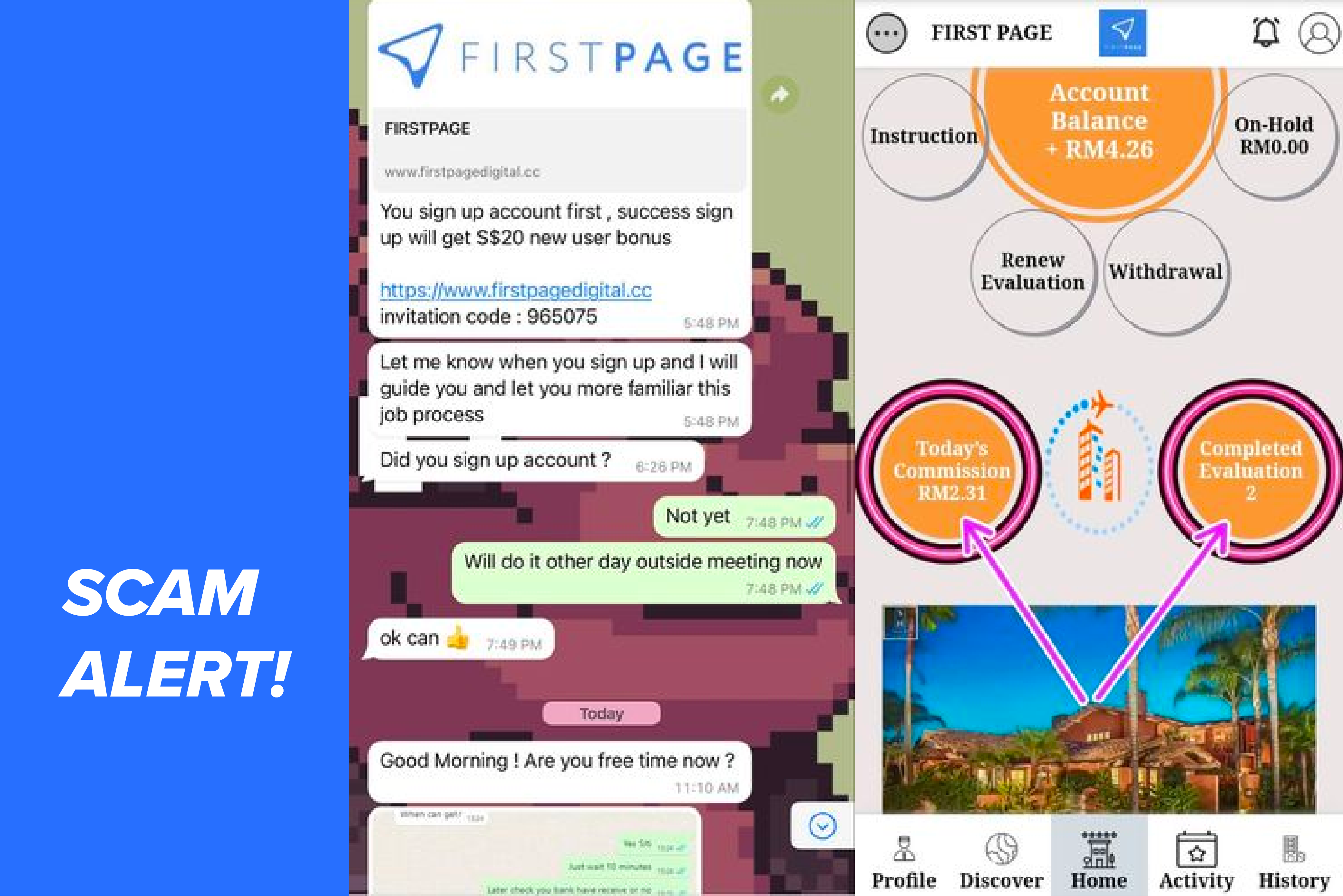In today’s digital age, bad reviews are almost inevitable. Unfortunately, there will always be those that are not agreeable to your business and the products or services you offer. If you are lucky, these individuals will resort to sharing their grievances with you privately. If not, they will blast their complaints on the Internet for the world to see.
For businesses and brands, such negative, defamatory, or libellous content has a detrimental effect on customer trust in your business. The longer it stays online, the greater the damage. A survey by Brightlocal showed that 87% of consumers read online reviews as of 2020 (up from 81% from the previous year), and only 48% of them would consider patronising a business with fewer than four stars. At this stage, there are two options you can take: do nothing and have the negative content be up in the online public sphere, or take control of the situation by permanently removing all the bad reviews from the Internet.
Your business’s reputation is one of the key cornerstones that set the stage for business sustainability and success. This is where reputation management comes into play. They pose a crucial strategic approach that allows companies to remain competitive in today’s marketplace.
If you wish to take action, there are five easy steps you can follow to make sure the removal goes smoothly. These tips will help you understand how online reputation management works, and how you can stay ahead in terms of both marketing strategy and customer loyalty.
1. Know Why Reputation Management is Important
A low online reputation score indicates that a business’s product or service is not up to standard, which may deter prospects from patronising the brand. This then translates to a loss in revenue in significant proportions.
Removing these negative feedbacks, especially those that do not stay true to your business and what your brand stands for, will ensure that you can continue retaining your consumer’s trust in your product or services.
2. Keep Tabs on Your Brand Mentions
While critical feedback can frequently be given objectively and with the purest of motives, some of these critiques cannot be taken at face value. Some of which are defamatory and libellous content that serves to pick at the business and brand, with no intention besides slander. It might be a customer with an axe to grind or a competitor looking for an edge. These types are the ones that you will need to look out for as not only are they not doing your business justice, they can be catastrophic to your online reputation score.
As a business, such “feedback” comes with the territory. To defend yourself against bad publicity, it is crucial that you keep track of your brand mentions through media monitoring tools to rectify any negative and untrue remarks.
3. Engage with Customers on Social Media Platforms to Handle Negative Feedback
Unfortunately, even with the numerous accessible media tools, keeping tabs on each and every feedback is challenging, and even more so on unregulated platforms such as social media platforms.
That said, these social media platforms are designed to promote interactions between businesses and consumers. If your businesses are on platforms such as Facebook, Twitter, Instagram and the like, you can simply jump into conversations that may concern you and rectify or defend your brand.
Communicating with unhappy consumers can offer you an opportunity to address their concerns and improve your brand image. Posting positive updates can also help counterbalance the negative feedback.
Ultimately, communicating with unsatisfied consumers is an essential part of maintaining customer trust, especially if they’ve voiced their displeasure publicly. It’s one thing for someone to complain online, it’s another entirely when someone says they’ll never order from you again.
4. Scrutinise Every Complaint
With every negative feedback, there is always a desire to push back and defend ourselves – it is what makes us human. But with the business, brand image and customer’s trust riding on your every word and action, you will need to fight against this knee-jerk reaction and figure out the best approach to tackling the situation.
If a customer has a valid complaint about an aspect of your business, listen closely and try your best to remedy it. To leave things on a good note, do not forget to thank the customer for being open with you by sharing their grievances. This not only helps to assuage their dissatisfaction, but it allows them to feel heard, especially if you are taking action to follow up on your comments.
5. Use Online Reputation Management Services
Skip the hassle and let professionals do the work for you. Leverage the myriad of online reputation management services available and let these companies monitor any bad press, respond with professionalism, and push out positive information on search engines to counter the negative ones.
By engaging with online reputation management services, you are able to maintain your business reputation, all while diverting your time and other resources to other areas of your business.
Take Control Now
First Page Digital is Singapore’s leading online reputation management firm that can help you recover your online reputation quickly. Not only do we offer results as Singapore’s premier reputation management agency, but we also promise complete openness to our clients. We keep an eye on your campaign around the clock and provide you with online reports that you may access at any time.
Don’t miss this opportunity to bring your business to new heights. Get in touch with us today to learn more.

















